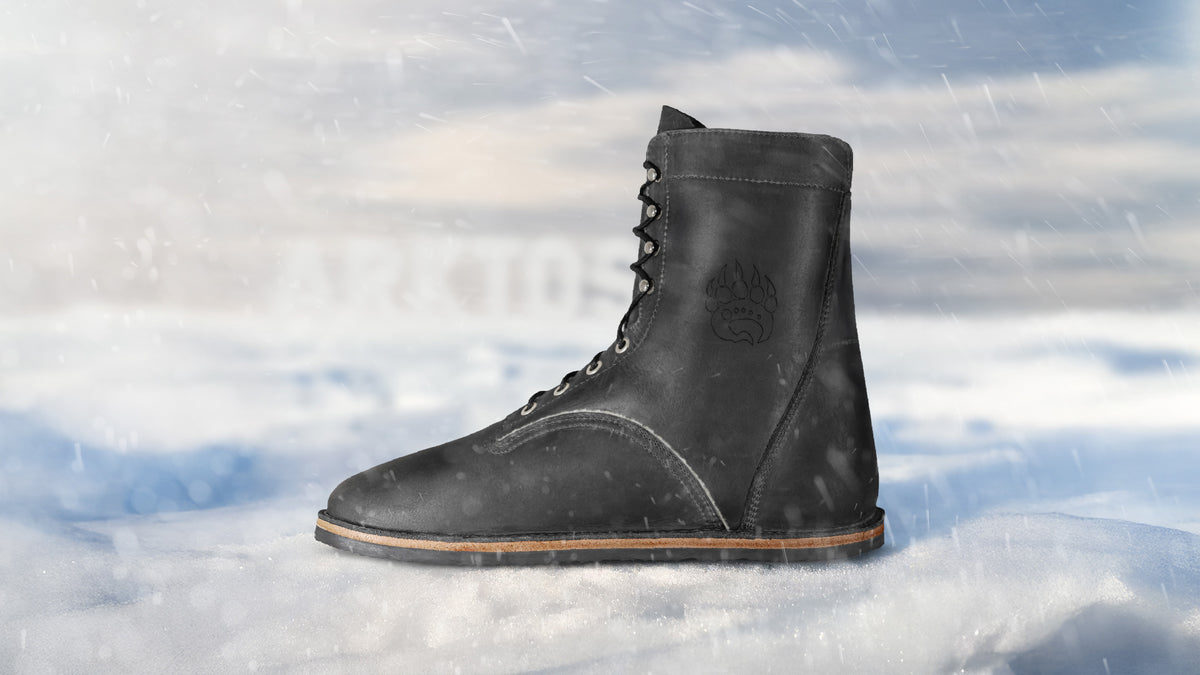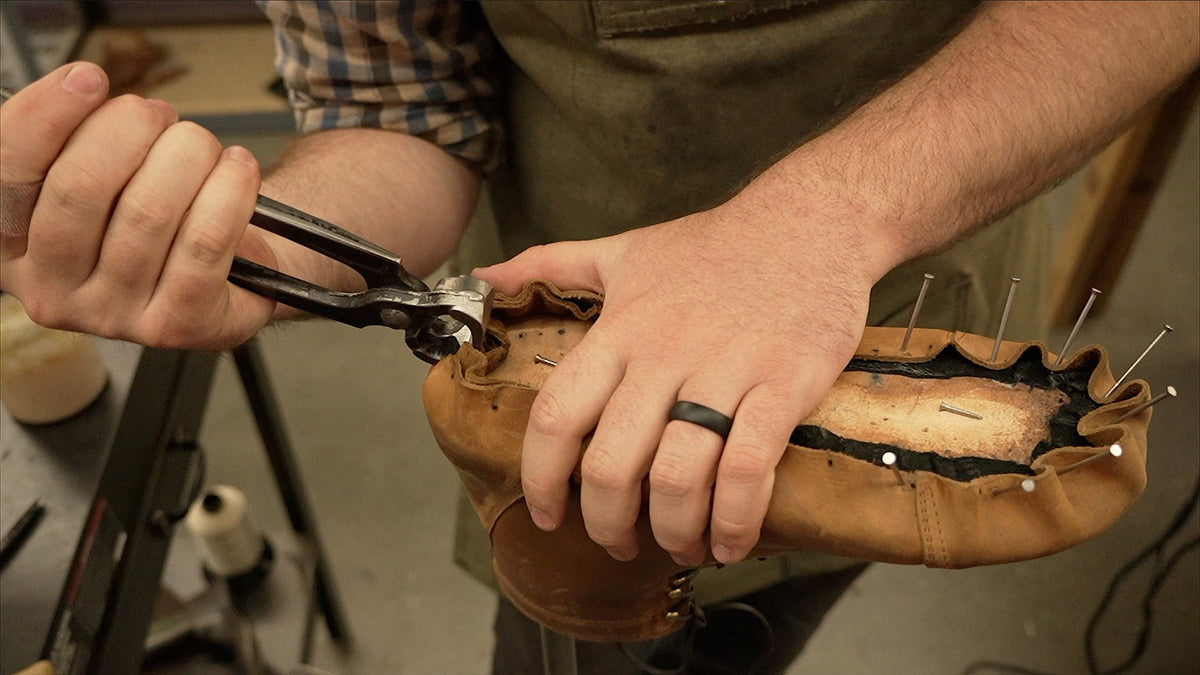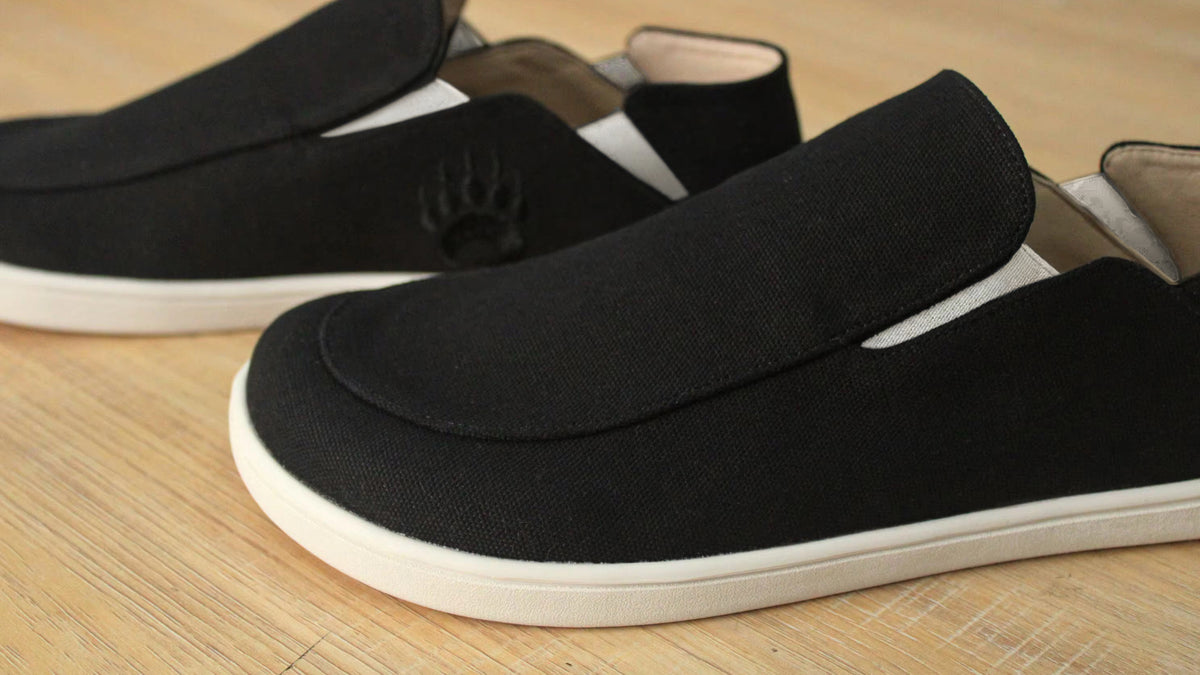You (Probably) Don't Have Plantar Fasciitis: Rethinking Common Foot Pain
Understanding Plantar Fasciitis: Myth vs. Reality
When foot pain suddenly appears, plantar fasciitis is often the first diagnosis people receive. Most of us have heard that this common condition comes from inflammation or repetitive overuse of the foot. However, recent advances in imaging technology—such as MRI and ultrasound—have revealed some surprising facts. Contrary to popular belief, most cases of plantar fasciitis don’t actually involve significant inflammation or damage from overuse. Instead, research now shows that underuse and muscle weakness, particularly muscle atrophy in the foot, are usually responsible for the discomfort. So, if you’re struggling with persistent foot pain, it’s crucial to understand what’s really happening beneath the surface. Knowing the true causes of plantar fasciitis is the essential first step toward finding effective relief and beginning your journey to recovery.
What Is Plantar Fasciitis?
Plantar fasciitis is often described as inflammation of the plantar fascia, the thick, fibrous band of tissue that stretches across the bottom of your foot and connects your heel bone to your toes. The most common symptom of plantar fasciitis is sharp or stabbing heel pain, which typically feels worst with your first steps in the morning or after periods of rest. While many believe inflammation is the root cause, recent studies using advanced imaging techniques reveal that in roughly 95% of cases, there is actually little or no inflammation present. Instead, the real culprits tend to be degeneration and atrophy, meaning the plantar fascia tissue and surrounding muscles gradually weaken and lose their structural integrity over time. This breakdown leads to ongoing heel discomfort and makes it crucial to address both the weakness and degeneration—not just inflammation—when treating plantar fasciitis.
Misconceptions: Inflammation vs. Atrophy
Plantar fasciitis is often misunderstood as a pure inflammatory condition, but research shows this isn’t entirely accurate. Most cases involve degeneration of the fascia tissue rather than classic inflammation, making the term “fasciosis” more precise in many situations. This subtle distinction is crucial, as it changes how we approach both treatment and prevention strategies.
When the small muscles in the foot are underutilized—often due to cushioned shoes or prolonged sitting—they weaken over time. This muscle underuse leads to decreased blood flow and gradual breakdown of the fascia, leaving the connective tissue more vulnerable to injury. Strengthening these muscles plays a key role in restoring healthy foot mechanics and promoting long-term recovery.
While arch supports or orthotics can bring short-term symptom relief, they typically treat the discomfort rather than the underlying cause. Relying solely on external supports may prevent your feet from regaining their natural strength and resilience. Instead, focusing on proactive solutions that encourage muscle engagement and proper foot function can deliver lasting results.
- Shift emphasis from inflammation to tissue health: Understand that most plantar fasciitis is due to degeneration, not acute inflammation.
- Prioritize muscle activation: Include foot-strengthening exercises in your routine.
- Limit dependency on arch supports: Use them temporarily, but aim for stronger intrinsic foot muscles long-term.
- Adopt daily habits to boost blood flow: Simple activities like walking barefoot on safe surfaces or performing toe stretches can be beneficial.
Barefoot Shoes and Muscle Development
One increasingly popular solution for tackling the underlying causes of plantar fasciitis is making the switch to barefoot shoes. Unlike conventional footwear that often restricts natural foot movement, barefoot shoes are specially designed to let your feet move freely, flex naturally, and build strength with every step. This type of footwear promotes healthier foot mechanics by encouraging the muscles, tendons, and ligaments in your feet to engage and function as they were meant to. Just as you strengthen and actively use other muscle groups in your body to prevent weakness and discomfort, it’s essential to apply the same principles to your feet. Taking a mindful approach to footwear—choosing options that let your feet work and adapt—can help you avoid muscle atrophy and long-term pain, ultimately supporting better mobility and overall foot health.
Why Typical Arch Supports (Probably) Aren’t the Solution
Orthotics and arch supports are often recommended as a go-to solution for plantar fasciitis. While research indicates these devices can provide noticeable relief from pain during the initial 6 to 8 weeks, studies show that the benefits usually stop there. Over time, relying on orthotic inserts or arch supports can actually be counterproductive. Prolonged use of these devices doesn’t just prevent long-term healing—it can also lead to weakening of the foot muscles. By consistently depending on external support, your feet become less engaged and the surrounding muscles may start to atrophy or degrade. This muscle weakness can then contribute to greater foot dysfunction, making you more susceptible to future problems. To truly address plantar fasciitis and protect your foot health, it’s essential to focus on strengthening exercises and proper movement rather than simply masking symptoms with temporary supports.
Foot Strengthening: Your Best Strategy
Just as you wouldn’t expect to build strength by keeping your arm in a sling, your feet also need regular movement to grow stronger. Consistently engaging your feet, rather than keeping them confined or restricted, plays a critical role in maintaining muscle tone and mobility. Committing to dedicated foot strengthening exercises, or even making the simple switch to more flexible, foot-friendly shoes, can significantly improve blood circulation and help rebuild essential foot muscles. Taking these steps not only supports healthy, resilient feet but also promotes overall comfort and lasting mobility.
- Start with balance exercises: Try standing on one foot or barefoot balance drills
- Progress to toe splaying and towel curls to engage intrinsic foot muscles
- Gradually increase time spent in barefoot shoes to avoid overuse injuries
Choosing the Right Barefoot Shoes
- Wide toe box: Designed to give your toes plenty of space to spread out, a wide toe box helps prevent cramping and discomfort. This extra room promotes healthier alignment, optimizes blood flow throughout your feet, and reduces the risk of blisters or calluses, making every step more comfortable, especially during long walks or runs.
- Flexible sole: A flexible sole is engineered to move naturally with your foot, supporting its full range of motion. This flexibility allows your foot muscles to activate and engage as intended, which not only helps strengthen them over time but also encourages a more natural gait. As a result, you get improved balance and a smoother walking or running experience.
- Multi-directional flexibility: Shoes with multi-directional flexibility bend and adapt in all directions, enabling all three arches of your foot—the medial, lateral, and transverse—to function as they should. This natural movement supports better stability, proper weight distribution, and an overall healthier foot structure.
- Minimal or zero drop: Minimal or zero drop refers to little or no height difference between the heel and forefoot of the shoe. This design choice encourages proper foot posture and loading patterns, helping you maintain a more natural alignment. It also promotes a healthier stride and can reduce stress on your joints over time.
Transitioning Safely: Avoiding Overuse Injuries
Making the transition to barefoot shoes or starting a new foot and leg strengthening program is a process that requires gradual progression, not an abrupt switch. Much like introducing a new exercise or gym routine, your muscles, tendons, and ligaments need sufficient time to adjust safely. It’s important to give your body the chance to build strength and flexibility at its own pace. If you jump into increased activity too quickly or drastically change your footwear overnight, you put yourself at greater risk for overuse injuries and discomfort. Prioritize a slow, steady approach so your tissues can adapt, helping you avoid setbacks and support long-term foot health.
- Begin with short intervals in barefoot shoes at home
- Increase duration as comfort and strength improve
- Continue traditional shoes for sports or environments needing extra protection, similar to a weightlifting belt
When You Still Need Orthotics or Protective Footwear
In certain situations—like playing high-impact sports or working in hazardous environments—wearing supportive footwear is not just beneficial, it’s often necessary. You can think of it as similar to putting on a weightlifting belt when you’re tackling heavy lifts at the gym: it provides extra stability and reduces your risk of injury when your body is under unusual stress. However, it’s important to avoid relying on such support all day, every day. Constant use of highly supportive shoes can actually stop your foot and leg muscles from getting the exercise they need to strengthen and function naturally. Instead, aim to use specialized footwear only when the activity truly calls for it, allowing your muscles to develop and maintain their natural strength and flexibility during regular daily activities.
Key Takeaways: Stronger Feet for a Pain-Free Life
- Most cases of plantar fasciitis aren’t actually caused by inflammation, but rather by weakness and atrophy of the foot muscles.
- While orthotics can provide temporary relief by supporting your arches and reducing pain, they don’t address the underlying problem. The real key to overcoming plantar fasciitis is rebuilding strength and resilience in your feet.
- Switching to barefoot or minimalist shoes, combined with a program of progressive foot strengthening exercises, can help you develop healthier, more pain-free feet over time. However, it’s important to make the transition gradually—jumping in too quickly can lead to overuse injuries, so give your feet time to adapt and strengthen safely.
Conclusion: Give Your Feet the Respect They Deserve
Plantar fasciitis doesn’t have to mean a lifetime of discomfort or a reliance on bulky support devices. By giving your feet the same attention and care you give the rest of your body—working them through gentle exercises, building their strength, and encouraging natural, unrestricted movement—you can significantly restore function and feel more comfortable day-to-day. If you’re ready to break free from chronic foot pain, it might be time to reconsider your approach to footwear and overall foot health. Try exploring barefoot or minimalist shoes, which allow your feet to move more naturally, and begin a simple foot-strengthening routine to build resilience and flexibility. With consistent care and the right choices, you can take active steps toward pain-free, healthy feet—begin your transformation today!
Disclaimer: The information provided in this article is for educational and informational purposes only and is not intended as medical advice. It should not be used to diagnose, treat, cure, or prevent any health condition, including plantar fasciitis. Always consult with a qualified healthcare professional before starting any new exercise program, changing your footwear, or altering your treatment plan. Individual needs and responses to treatment can vary, and what works for one person may not be suitable for another. Use of barefoot or minimalist shoes should be approached gradually and under appropriate guidance to avoid injury.



